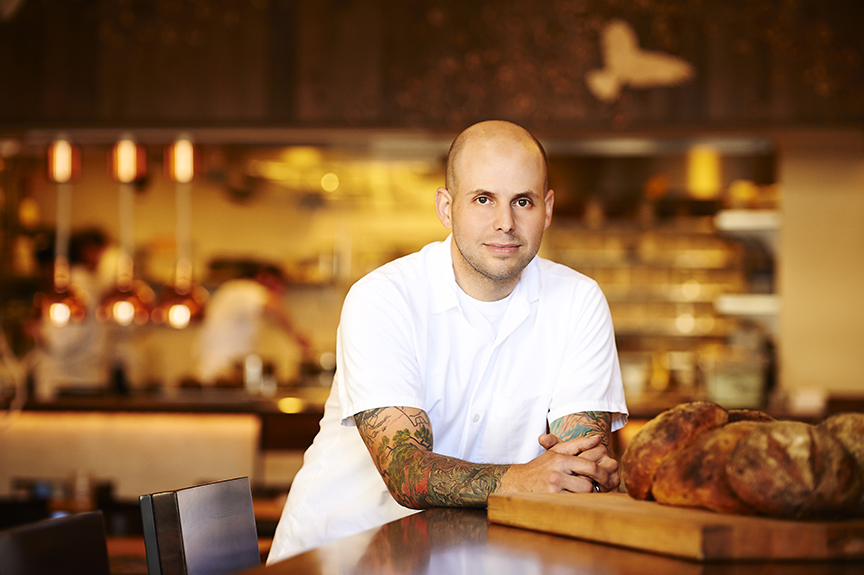Innovative pastry chefs around the world are presenting cutting-edge creations while respecting centuries-old traditions.
Most celebrity chefs specialize in savory courses while those who master sweets — the very dishes that put an exclamation point on any memorable meal — toil in relative obscurity. Culinary professionals, however, concede that desserts are at least as demanding and complex, requiring a greater appreciation of science and precision, not to mention artistic flair.
Paris is filled with extraordinary restaurants and pâtisseries, but Pierre Hermé may be the City of Light’s leading innovator of sweets.
Long before classic Parisian macarons (delicate meringue sandwich cookies not to be confused with American macaroons) began drawing attention worldwide, Hermé was revolutionizing the confection from his Paris studio. His audacious approach has become so trendsetting that seasonal releases of his new flavors are as anxiously awaited as the lines of haute couture turned out by the city’s fashion designers.
Anise and saffron, chocolate and foie gras, caviar and walnut. These brazen yet balanced flavor combinations represent the imaginative macarons dispensed at Hermé’s jewel box-like stores, which have spread throughout Europe, the Middle East and Asia. Monsieur Hermé’s magic also extends to cakes and tarts such as his “Ultime,” a sleek, seductive disk of Belizean dark chocolate cream and Madagascan vanilla ganache.
Pierre Hermé’s macarons may be the most elegant take-out snacks in Paris, but extraordinary plated desserts are found at the city’s Hôtel Plaza Athénée. Maintaining the property’s world-class culinary standards — it is home to an Alain Ducasse restaurant earning three Michelin stars — is Angelo Musa, a world pastry champion and recipient of the coveted Meilleur Ouvrier de France.

“I’m inspired by the changing seasons, with each turn I discover and rediscover unique flavors,” says Musa. His creations are sophisticated, but the chef has a restrained approach to presentation. “I don’t favor art at the expense of taste,” says Musa of a philosophy he has maintained throughout his career. “Finding the balance between tastes and textures allows staging to be more harmonious and attractive, and when the taste transmits a sensibility far beyond the visual, the aestheticism offers an immediate emotion,” he explains.
Nearby, on the other side of Place de la Concorde, is Paris’ Le Meurice, a lavish hotel dressed in gilt, crystal and silk. Cédric Grolet, the property’s 32-year-old pastry chef, was named “Best Restaurant Pastry Chef in the World” (2017) by Les Grandes Tables du Monde, as well as “Best Pastry Chef” (2018) by France’s influential Gault Millau guide. His desserts at the hotel’s magnificent dining room, Le Meurice, and pastries for afternoon tea at Restaurant Le Dalí have generated considerable buzz.

Cédric Grolet

Rubik’s Cube
While a serious artist, Grolet indulges his playful side in fanciful yet elegant pastries that resonate with customers. He is renowned for his fruit sculptures, confections so realistic they mirror their inspirations with incredible precision, and his interpretation of a Rubik’s Cube, a dazzling cake sculpture consisting of 27 ganache- and gilt-clad petit fours.
“The colors, as well as the textures and decorations, are from nature,” says Grolet of the Cube, who adds for emphasis, “This is essential.” Like Musa, Grolet’s menu is dictated by seasonality and he regularly tastes the savory dishes to ensure his finales are complementary. “This means taking into consideration the weather, having a dash of boldness and adding last-minute touches,” he explains.

Johannes Bonin

Mascarpone Cheesecake
Although innovators, Musa and Grolet are classicists at heart, while Oriol Balaguer experiments with molecular gastronomy to perfect pastries and chocolates showcased at his high-end boutiques in Barcelona and Madrid. Earning an award as “Best Dessert in the World” is a glossy study in chocolate in which Balaguer presents eight distinct textures of the sexy ingredient.
At his eponymous pâtisseries in Tokyo and Paris, Sadaharu Aoki applies classic French pastry technique to traditional Japanese ingredients, resulting in matcha (green tea) napoleons, black sesame éclairs or macarons infused with wasabi or yuzu. Aoki’s sophisticated aesthetics, displayed in both his cross-cultural desserts and sleek boutique interiors, play equally well in Japan and France.

Thomas Raquel

APPLE Brown Butter Mousse
The Japanese-born Aoki mastered his craft in Paris, but the city’s claim to being the epicenter of pastry art is being challenged as French-trained chefs scatter across the globe. At Dubai’s Burj Al Arab Jumeirah, the iconic sail-shaped structure that has been called “the world’s first seven-star hotel,” French-born Johannes Bonin turns out edible art for well-heeled guests.
“As a global culinary hub and home to diverse nationalities, the Middle East inspires chefs to put their creative skills to the test by making the most of local ingredients,” reports Bonin. Explaining his personal approach, he states, “I choose a premium-quality product, then add just one or two flavors to complement that main ingredient and give it an original twist.” At Burj Al Arab, Bonin deviates from his own French traditions, creating desserts that are fun, less sweet and relatively healthy. He believes presentation should be secondary to taste, but recognizes its power in the age of Instagram and applies his share of gold leaf at a hotel renowned for luxury.
At New York’s Le Bernardin, America’s most honored seafood restaurant, 31-year-old executive pastry chef Thomas Raquel is challenged with maintaining the perfection of preceding courses from celebrity chef/co-owner Eric Ripert, whose cuisine has earned three Michelin stars. Each of Ripert’s dishes tend to showcase one primary ingredient, and Raquel is similarly focused. “A single ingredient or classic dessert is the star on the plate, then I add my own twist — whether it’s in the presentation or an unexpected element — to elevate the ingredients and make the dish memorable and unique,” he explains.
Whether interpreting a classic Mont Blanc or reimagining a Black Forest cake, Raquel has a thoughtful approach to plating. “I always consider flavor first, then aim for a presentation that balances organic shapes and clean lines,” says the chef, who adds, “I want each plate to be both simple and unexpected…. I love when the plating of a dessert can offer guests a little surprise!”
With its salad-picking supermodels and an obsession with health, one would not expect Los Angeles to be promising territory for desserts. But The Peninsula Beverly Hills’ Stephanie Boswell is among a cadre of innovative young pastry chefs in her native city. At The Belvedere, the hotel’s fine dining venue, she is known for literally transforming desserts into works of art.

Mascarpone Cheesecake

Stephanie Boswell

Cassis Plum

Janice Wong
Boswell’s Fabergé eggs — chocolate shells hand-painted with floral designs and embellished with glitter — are exquisite presentations. “I wanted the egg to be this perfect, precious, austere thing that comes to your table and you have to smash it to eat it,” says the executive pastry chef of her edible performance art. Inside, pretenses are dropped in favor of nostalgic fillings like s’mores or Boswell’s upscale take on a PB&J sandwich. She also creates cream puffs emblazoned with pop art images from masters like Warhol, Lichtenstein or Robert Indiana, whose original work is on the wall.
“My work is greatly influenced by the world of art,” explains the chef, who as a kid spent every weekend at a different museum. “I heard the phrase, ‘DON’T TOUCH THAT!’ a lot and I think it made me want to create art that was made with the intention of being touched, messed with and changed by the viewer,” recounts Boswell. Ultimately, she recognized pastry was the perfect medium for that approach.
The traditions of East and West collide in Hong Kong, where chef Janice Wong — the native Singaporean was mentored by Hermé and Balaguer — applies classic technique to Asian ingredients at Cobo House. Wong creates the entire menu but reinforces her reputation as a pastry chef favoring avant-garde presentations. Inspired by the Japanese cherry blossom is a half-sphere of blackcurrant and white chocolate with a crater filled with pink foam created from red shiso leaf liqueur.
Dessert, anyone?
Photos courtesy of Georges Biard, Angelo Musa, Pierre Hermé, Thomas Dhellemmes, Pierre Monetta, Stu Williamson, Daniel Krieger, Ryan Forbes, Cobo House, Burj Al Arab, Le Bernardin, Peninsula Beverly Hills
Sweet Spots
Burj Al Arab Jumeirah
Dubai
www.burjalarab.com
Cobo House
Hong Kong
www.cobohouse.com
Le Bernardin
New York
www.le-bernardin.com
Le Meurice
Paris
www.dorchestercollection.com
Oriol Balaguer
Barcelona and Madrid
www.oriolbalaguer.com
The Peninsula
Beverly Hills
www.beverlyhills.peninsula.com
Pierre Hermé
Paris and elsewhere
www.pierreherme.com
Hôtel Plaza Athénée
Paris
www.dorchestercollection.com
Sadaharu Aoki
Tokyo and Paris
www.sadaharuaoki.com


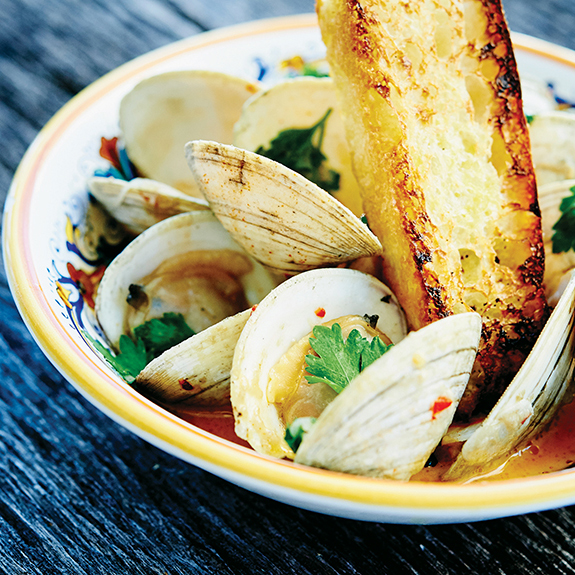
It may lack the culinary notoriety of San Francisco, New Orleans or the Big Apple, but St. Louis has quietly been developing a serious food scene. In addition to benefitting from a large Italian-American community and a geographic flirtation with the South, talented young chefs from around the country are arriving. Largely responsible for St. Louis’ dining renaissance is chef and prolific restaurateur Gerard Craft.
Craft, who grew up in Washington, D.C., opened his first restaurant in St. Louis knowing very little about the city except that it offered affordable space for a struggling 25-year-old chef. That restaurant, Niche, ignited the local dining scene and his Niche Food Group now operates five restaurants in the Gateway City.
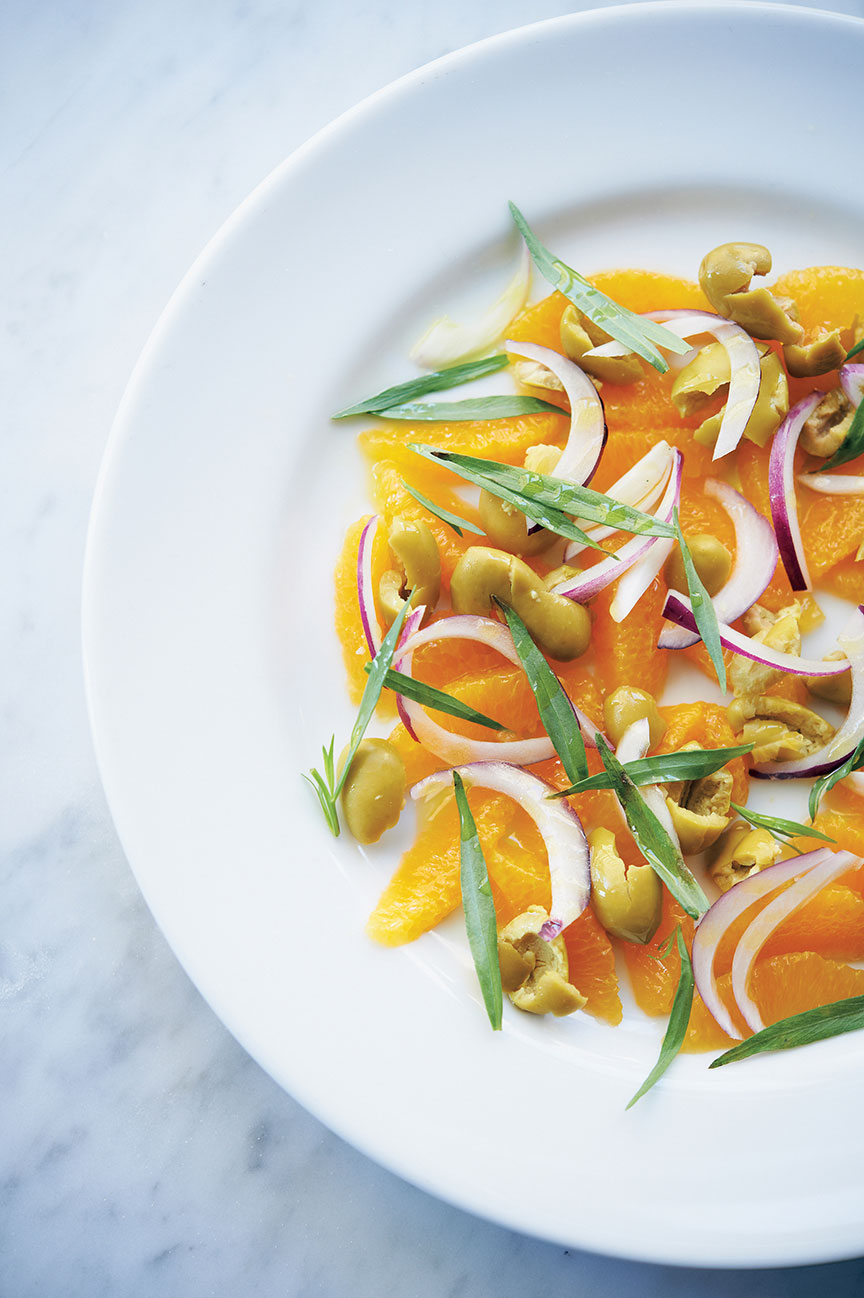
“I still wasn’t that interested in food, but fell in love with the kitchen’s energy, comradery and instant gratification. “I loved the idea that you could produce something, serve it and see the impact it has on people, then clean up and move on to the next day,” recalls the young cook. After spending some time in France, even enrolling in a work-study program at the Ritz in Paris, Craft was feeling confident enough to talk his way into a line cook position at Park City’s well-respected Bistro Toujours.
“It was a disaster,” reports Craft, explaining, “The chef sat me down and told me I had no skills and that I could either leave or work as a prep cook in the basement.” Now recognizing this as a turning point in his career, Craft says, “Being demoted was the best thing that ever happened to me. After I got some hands-on experience down in the basement, I was able to work my way through every station on the line.” After an apprenticeship at the upscale Ryland Inn in New Jersey, Craft earned a sous chef position at Chateau Marmont, a celebrity haunt on Los Angeles’ Sunset Strip.
Hearing that prominent chef Larry Forgione and some other talented chefs had opened restaurants in St. Louis, Craft flew there to look at an old wine bar for a potential restaurant of his own. “It had boarded-up windows, a dirt floor and no electricity,” recalls Craft, who took possession of the space in February 2005 and reopened it as Niche later that year.
Craft had little interest in cooking as a young boy, recalling, “My family was really into food, but I was probably the pickiest eater in the world.” Despite that self-characterization, Craft’s most meaningful food memories revolved around the cooking of his Brazilian nanny. “She was like a second mom to me, and I grew up eating simple, rustic Brazilian food like black beans and feijoada,” says Craft, who adds, “She had such a touch with food and was able to make anything taste great.” He honored that influential nanny by offering contemporary versions of pão de queijo (Brazilian cheese bread) and brigadeiro (confection) at Niche. “Having her visit the restaurant before she died was a big moment for me,” says Craft.
As a kid, Craft’s heroes were not Wolfgang Puck or Emeril Lagasse but Russell Simmons and Richard Branson, as the fledgling entrepreneur sold paintballs to classmates in fifth grade, a clothing line in high school. He attended Westminster College in Salt Lake City, a choice driven by his passion for snowboarding, but dropped out after two years. To supplement his income as a snowboard photographer, Craft began washing dishes and cooking at a local diner.
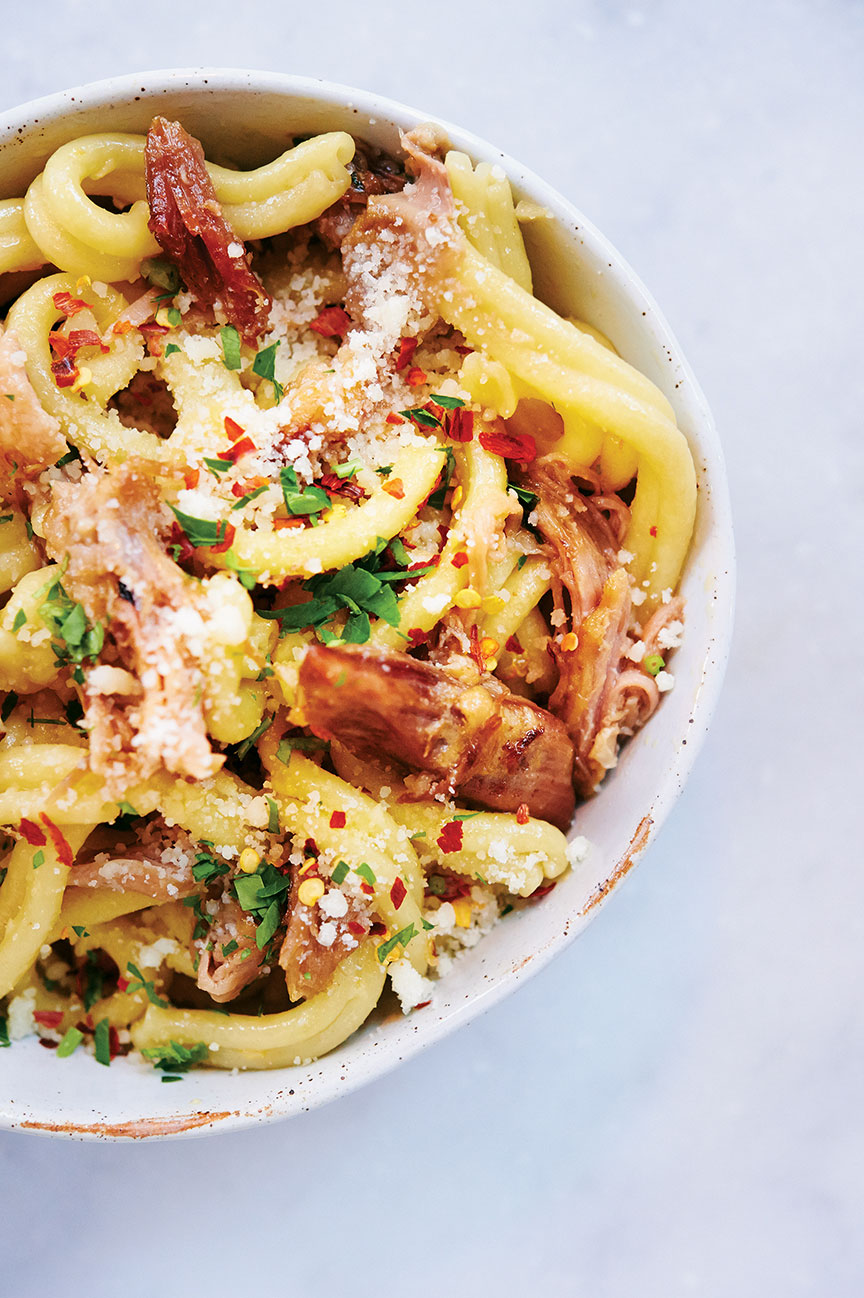
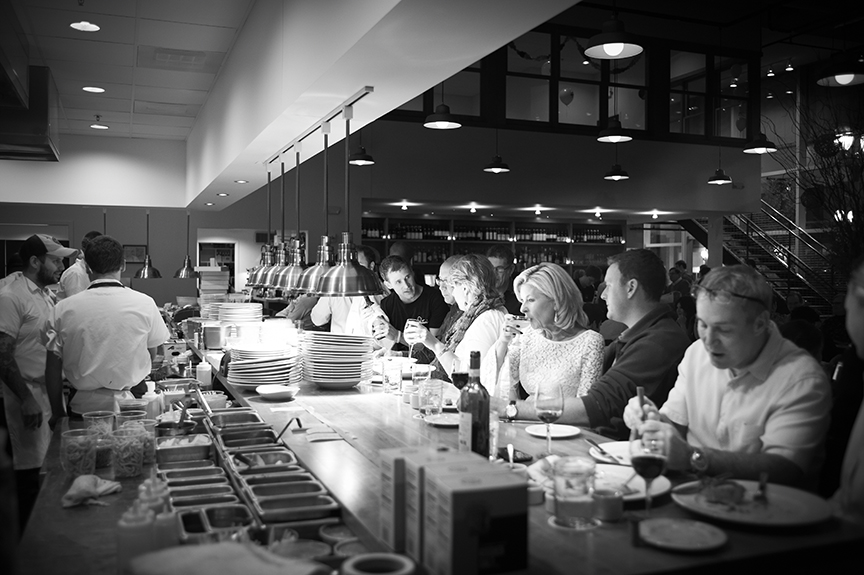
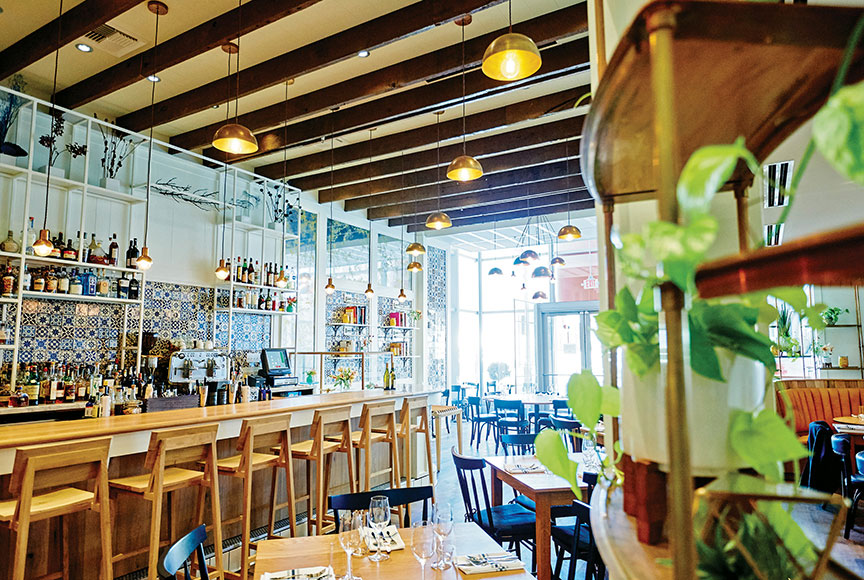
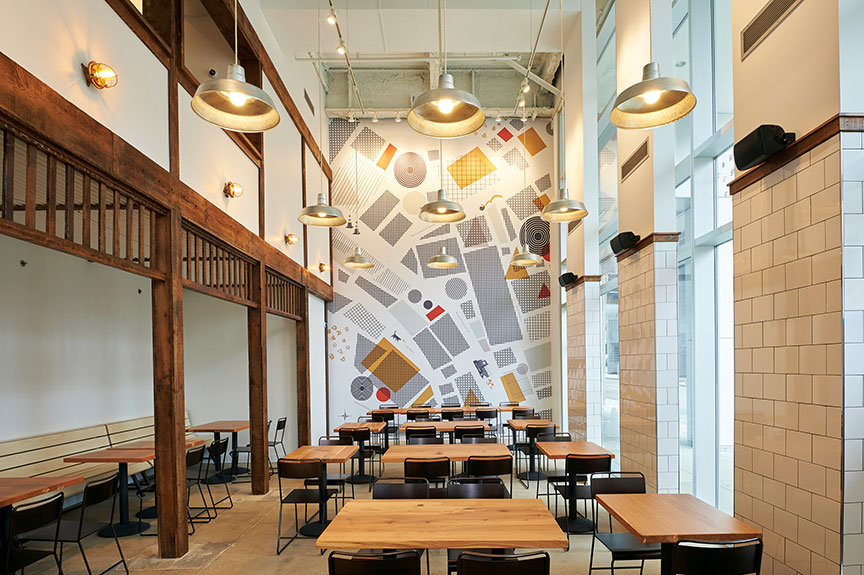
Niche was originally conceived as an unpretentious contemporary American restaurant, but an older clientele with fine dining expectations forced Craft to reinvent it as more of a special occasion restaurant. The servers, originally wearing tee-shirts, switched to collared shirts and pressed aprons, while the china was upgraded, explains Craft, who admits, “That slippery slope into fine dining pushed me to become a more creative and ambitious chef.”
Craft subsequently opened Brasserie by Niche, an authentic French bistro that reflects his love of Paris, Porano for quick-service Italian cooking, Pastaria for organic pastas, and mixology-driven Taste. While he acknowledges St. Louis lacks the wealth of dining found in its rival Midwestern city of Chicago, he contends, “There may not be a chic modern restaurant on every block, but the ones that succeed here are special.” In the pipeline for Craft is Pastaria Nashville, his first venture in neighboring Tennessee.
The James Beard Award-winning chef is perhaps the greatest single ambassador for Missouri-sourced ingredients. At the height of Craft’s commitment to local foods, 97 percent of the ingredients on Niche’s menu were produced in the Show Me State, including the onions going into stock for sauces, caviar from local rivers and even wine from Missouri vineyards. “It definitely generated a sense of pride in home-raised Missouri products,” says Craft. Insisting Missouri remains an unpretentious, approachable place, he suggests, “The hot summers and cold winters produce real people, and the vegetables are the same way, more humble and less precious.” Because of the movement that Craft spearheaded, there are now farmers and ranchers offering to grow vegetables or raise animals specifically for the needs of local chefs.
Craft shuttered Niche last year after a decade-long run, citing the intensity of maintaining standards at the city’s top-rated restaurant. “The competition begins to wear on you, and you begin to forget why you decided to cook in the first place,” says the chef, who converted the space into Sardella, a less expensive restaurant that celebrates his passion for Italian cooking.
A signature dish at Sardella is charred butternut squash with roasted garlic custard, Calabrian chile vinaigrette and basil that Craft describes as having bright flavors and a spicy, almost Thai-like quality even though all of the ingredients are Italian. “It’s an Italian dish that you’d never find in Italy,” quips the chef.
Gerard Craft and St. Louis have been good for one another, with the 37-year-old chef offering a diversity of local restaurants that may be the product of global influences but are true to their Missouri heritage.
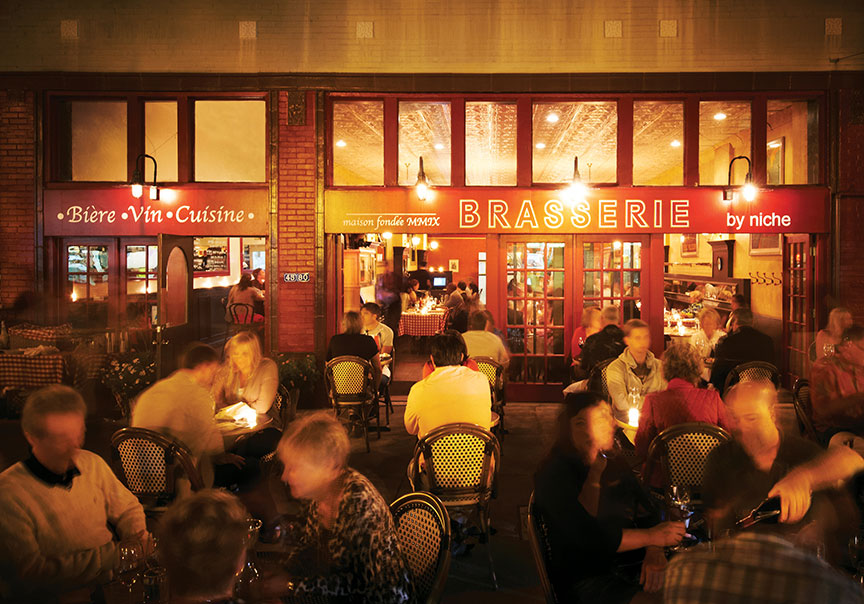
Photos courtesy of Greg Rannells
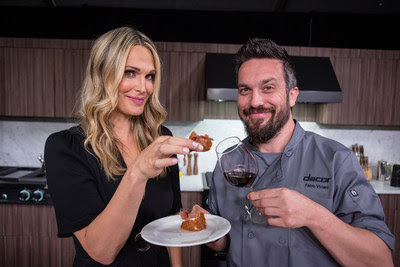
Today’s luxury kitchen is a hub for entertainment, creativity and great conversation, and premium home appliance manufacturer Dacor is turning the industry on its head with its new Modernist Collection. The revolutionary suite of kitchen appliances champions the luxury kitchen as a place to entertain and connect with friends and family. To introduce affluent, modern entertainers to its product line, Dacor partnered with Pebble Beach Food & Wine, one of the world’s preeminent culinary festivals, to set the stage for great entertainment and exceptional epicurean experiences.

For Dacor’s signature event on Friday evening, “Dinnertime Meets Showtime,” model and actress Molly Sims entertained an intimate group of distinguished diners, sharing moments from her career, life as a mother and culinary travels. Using Dacor’s cooking products, “Top Chef” alum Fabio Viviani translated her stories into a mouth-watering meal memoir for guests to enjoy.
Additional celebrity chefs showcased the Dacor kitchen suites throughout the weekend through unique cooking demonstrations in the Dacor Entertainers’ Pavilion. Culinary talent included Chefs Naomi Pomeroy of Portland’s Beast, Graham Elliot (“Top Chef,” “Master Chef” and “Master Chef Junior”) of his eponymous Michelin-starred Chicago restaurant, and chef, restaurateur, author and TV personality Curtis Stone of Los Angeles restaurants Maude and Gwen.
Cooking demos highlighted Dacor’s existing Heritage Collection and the new Modernist Collection. Available in graphite and standard stainless steel, the Modernist Collection is a full suite of sophisticated luxury kitchen appliances hallmarked by an entirely new approach to how appliances fit into today’s kitchen, with exceptional performance and consumer points of delight to provide an engaging stage for the modern entertainer.
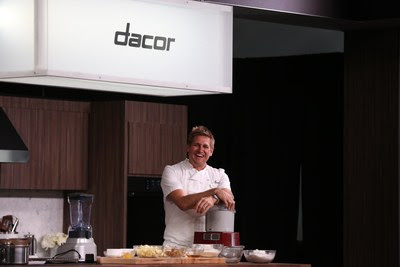
Dacor also displayed its latest column refrigeration with industry-leading performance and breathtaking design at “On the Rocks,” a unique event during Pebble Beach Food & Wine’s renowned Grand Tasting. The event was curated by mixologist Joshua Perry of Monterey’s Restaurant 1833 and featured drinks that highlighted Dacor Cocktail Ice™ produced by the dual ice-maker within the columns. Cocktail Ice™ melts slower so that guests were able to enjoy all the flavors and the experience of Joshua’s creations.
Building on more than 50 years of craftsmanship, the beautifully designed Modernist Collection represents a new generation of exceptional home appliances. The premium finish sets the stage for innovative and precise performance to delight today’s modern entertainers, style seekers and chefs alike. Created with durable yet luxurious materials and an array of thoughtfully designed consumer touchpoints—including Illumina™ Knobs, LCD control panels, SoftShut doors and hidden hinges—the Modernist Collection seeks to make every kitchen experience a memorable one.
For more information on the Modernist Collection, visit dacor.com/Modernist/.


